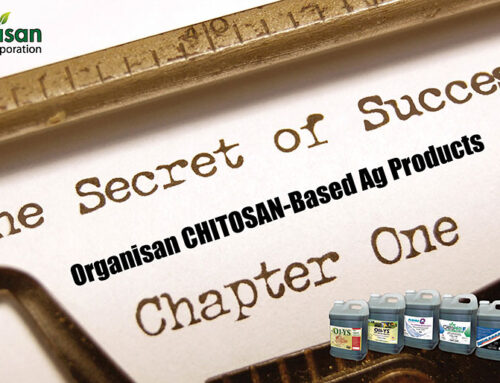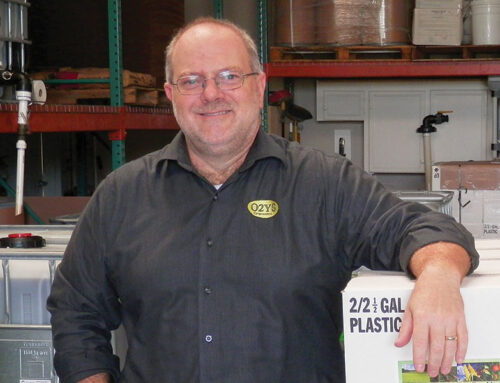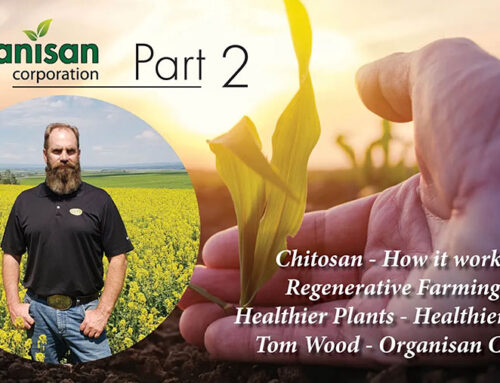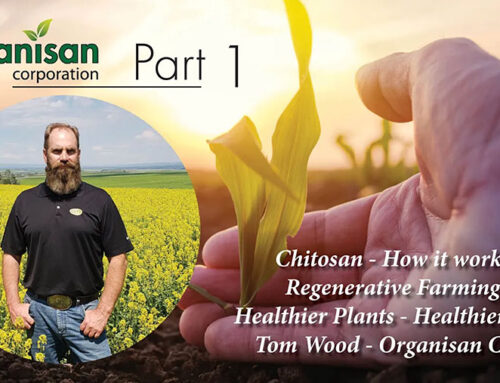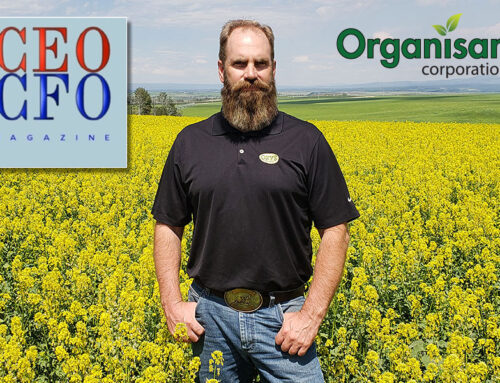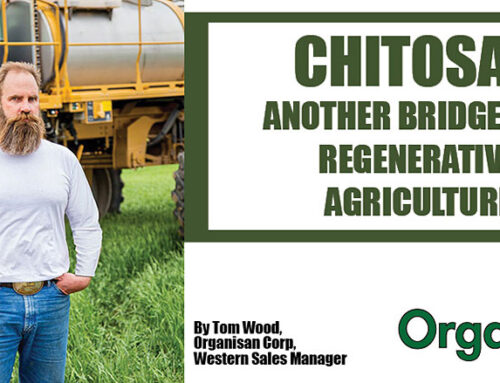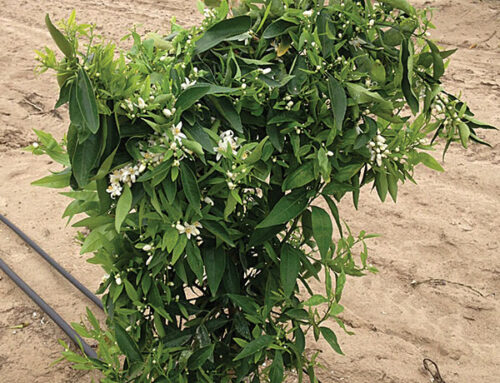September 2020
Ralph Waldo Emerson said, “Each moment of the year has its own beauty.”. We could not agree more. Seasons are important to us. Our business mandates that we are in tune with seasonal and cyclical protocols. However, as much as we think farming to be a consistent cycle, with each season we are challenged with a variety of elements that keeps us highly engaged. You can never assume that every spring or every fall will be the same. Our experience is the exact opposite. With each season, our support calls vary based on rain, wind, temperature, and soil. Our team and resources pull together to help growers address the various challenges of each season. Our products are great but knowing how to use our products to maximize every acre is the greatest part of our company.
Recently, VP Sales and Marketing, Mark Nichols along with Organisan’s West Coast Sales and Marketing contact, Tom Wood, discussed the most common questions they are receiving from the fields this fall. You can find the full video online on our website, but here are a few fieldnotes from the video.
Most FAQ in the fall:
According to the guys, questions vary but soil prep and usage are two of the most common calls. According to Mark, fall sets the stage for spring. Fall is the time of the year to prep the soil. Most recently, Tom has received calls with questions on Alfalfa. For this crop, it is extremely important to get OII-YS in the field on the last application, or even when you are prepping the field for the spring. If you are only going to make one application, he suggests making it in the fall during the third, fourth or fifth cutting. It is important to get the field hydrated.
Usage – How much should a grower use in the fall?
This is a year-round question, but we do see it more in the fall when farmers think they can change the ratio. We do not differentiate our full rate suggested usage rate of 16 oz per acre on our basic products. We have found there is no positive economies of scale when growers try to use more per acre. However, if they try to use less per acre, we have found that their results will be about the same ratio of the change in usage. For example, if they use 8 oz per acre vs the 16, they can expect 50% of the results. But, if they use 24 oz per acre, they will not see a measurable difference in their outcomes. 16 ounces per acre is not just a number we came up with. It is a proven treatment protocol that will maximize the crop production at the minimum amount of product. It is important to stick to the pint rate year-round.
Footnote: Our usage is different for our new product Agri-Q. Agri-Q has been found to work at maximum return at two, four and even six ounces in some cases. This is a unique product and our experienced agronomists will work with you to find the optimal treatment based on your climate, soil, and crop situation.
Spring Seed Treatment:
Even though it is fall, most of Tom’s calls are about spring questions. Most common is growers wanting to know how much they should use with spring seed treatments and what are the expectations.
Per Tom in a recent conversation with a customer, “I’ve seen the difference in root mass that occurs from seed treatment with our products, this extra growth is accentuated when a microbial population is also added to the treatment. When I came across this rhizophagy last winter the light bulbs started coming on. With a conventional anti-fungal treatment, everything is getting killed around the seed, with us, I believe we are helping to facilitate this natural process.”
In addition, conversations about Spring automatically leads to the discussion and suggested protocols with a key number of questions on Rhizophagy, Nematodes and Temperatures. We will be offering videos on these specific topics soon:
Case Study: “We greatly effect Rhizophagy”- Tom Wood
The “rhizophagy cycle” (rhizophagy means root eating), is where bacteria and fungi cycle between a free-living phase in the soil and a plant-dependent phase within cells of plant roots. Microbes obtain nutrients (nitrogen and minerals) in soil, and nutrients are extracted from microbes in the cells of plant roots.
Source https://phys.org/news/2018-09-harness-microbes-nutrients.html
Case Study: A Roadmap to Control Nematodes – Mark Nichols
Plant-parasitic nematodes are one of the most destructive agronomic pests. During several decades, the control of this pest on agricultural crops has depended on chemical pesticides. These chemicals are very toxic with high potential to pollute the environment. Nowadays, the search for substitute products has become a priority. In this sense, the biological control agents have arisen as an environmentally friendly alternative.
Source: https://link.springer.com/chapter/10.1007/978-981-13-5862-3_13
Case Study: How Temperature and GDU’s Impact Usage of OII-YS – Mark Nichols and Tom Wood
Video Link https://www.youtube.com/watch?v=dMzi_3tJjok
About Organisan Corporation
Based in Carrollton, Ga., Organisan Corporation is the agricultural retail partner of O2YS Corp. O2YS Corporation is the originator of several chitosan based products, uniquely formulated with natural or organic adjuvants, which are specially developed to encourage maximum growth and yield enhancement for agriculture and horticulture crop production. O2YS manufacturing plant is in Broussard, LA. You can learn more about the company and our products at www.OrganisanCorp.com.


